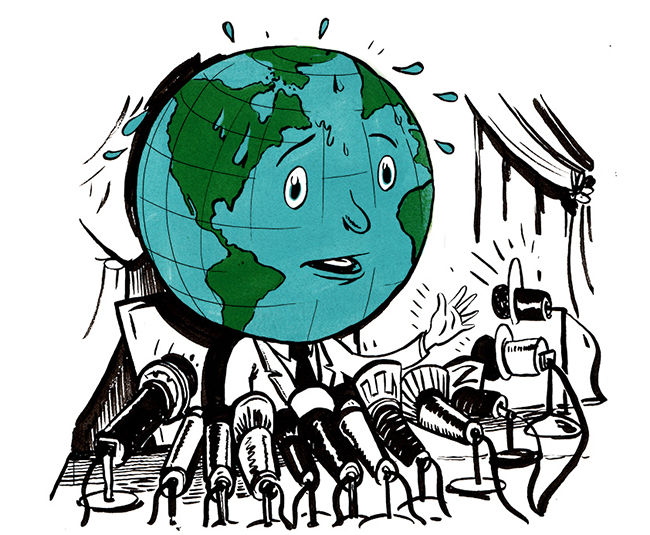ZEITGUIDE TO PASSOVER CONVERSATIONS

This evening marks the beginning of Passover, the annual commemoration of the Israelites’ Exodus from Egypt. The Passover Seder is designed to connect meal-goers to not only Jewish history, but also to the hope, determination and fragility inherent to every liberation story.
Last Monday, when the 2016 Pulitzer Prizes were announced, we couldn’t help but remark on how many of the winning articles reflect ongoing struggles with injustice, slavery and mass exodus. We hope these remarkable works of journalism feed your conversations this weekend, whether you’re eating matzah or not.
MASS EXODUS
Some 1.5 million refugees from Syria and other parts of the Middle East entered Europe last year, with millions more displaced in Turkey, Jordan, Lebanon and Iraq. Photographers from The New York Times and Reuters shared the Breaking News Photography prize for searing images that put faces on the suffering of millions. In their images, fathers struggle to keep babies from drowning in the sea, countless families trek across Hungary and the Balkans toward Western Europe and desperate throngs clash with riot police and soldiers at train stations and border crossings.
HOPE FOR LIBERATION
New York Times reporter Alissa Rubin was awarded the Pulitzer for International Reporting for her articles about how Afghan women find themselves in a limbo between hope inspired by exposure to Western ideas about gender equality and the oppression of the Taliban regime ruling much of the country. Her articles included: the tale of the murder of a woman named Farkhunda by a mob after being falsely accused of burning a Quran; stories on the new class of female police officers suffering at the hands of both their male police coworkers and civilians on the street; and tales from girls who flee forced marriages only to be trapped in shelters that feel more like jails than refuge.
ABUSE OF POWER
The Washington Post brought data to bear on the issue of police shootings and the #blacklivesmatter movement. Its interactive national database details who is shot and killed by police, where and how. Most of the 990 people shot dead by police in 2015 were armed suspects who had attacked police or civilians, but the data also brought to light the significant role race and mental illness play in these incidents.
In fact, a quarter of the incidents involved a suspect suffering from mental illness. And while black men represent 6% of the U.S. population, they made up nearly 40% of those who were killed while unarmed. The Post’s work has inspired the federal government to improve its own data collection on police shootings and provoked local police chiefs to reevaluate use-of-force policies.
FREEDOM FROM SLAVERY
The Associated Press won the Public Service award for its articles uncovering thousands of migrant fishermen held as slaves, some confined to cages, and how the seafood they caught made its way into our supermarkets. As the AP wrote in its submission for the prize, “The reporting eventually freed 2,000 slaves, brought perpetrators to justice and catalyzed industry reforms.”
